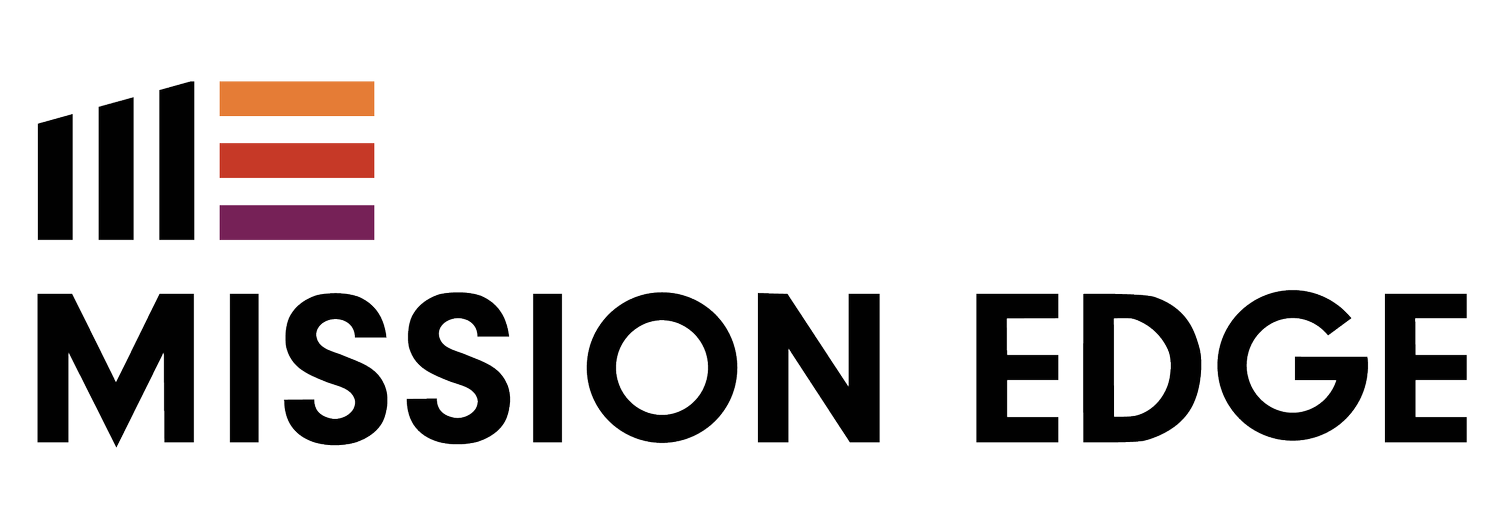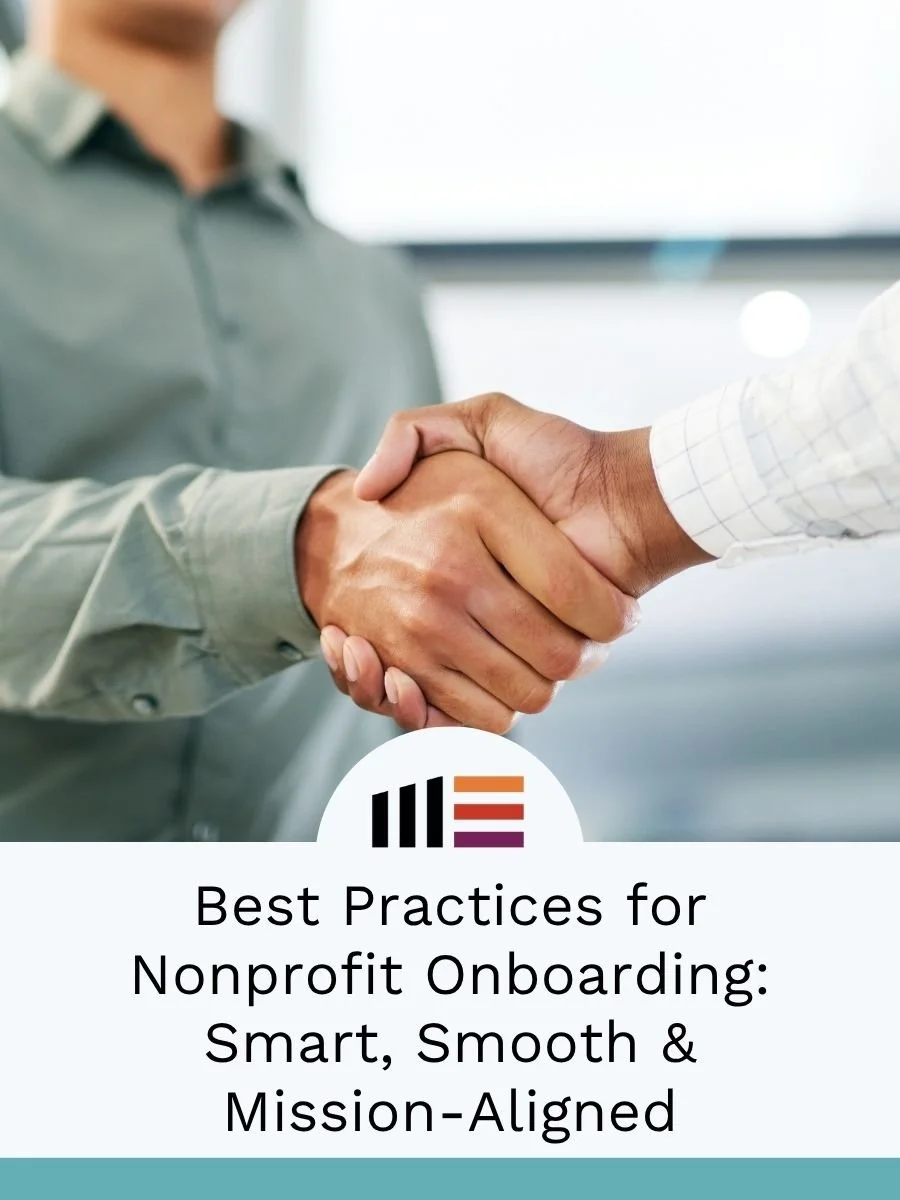Best Practices for Nonprofit Onboarding: Smart, Smooth & Mission-Aligned
A strong nonprofit onboarding experience sets the tone for employee success and engagement. By fine-tuning your nonprofit hiring process and ensuring purposeful onboarding, you not only welcome new team members, you help the new talent thrive with confidence and clarity.
1 — Prepare Everything Before Day One
A smooth start begins before their first day, which means an official onboarding plan can set the tone for the entire employee experience.
Here’s a checklist:
Welcome packet (job description, org chart, handbook, contact list, physical and mental wellbeing resources)
Workspace & IT set-up (email, software access, tools)
2 — Use Clear, Structured Onboarding
Formal onboarding programs reduce early turnover risks; HBR reports up to 20% of staff leave within the first 45 days without a proper onboarding. For example, evidence shows a cohort-based onboarding model (e.g., 4 to 6 short sessions) is considered both efficient and memorable that can both inform and inspire new hires.
Tips:
Use an LMS with progress tracking (helpful even for small teams)
Provide a clear onboarding checklist: mission overview → policies → tech setup → training
3 — Pair New Hires with Mentors
Buddy or mentor programs deepen engagement. A recent Forbes article shows that onboarding with mentorship cultivates stronger organizational integration and job satisfaction.
Here are some best practices:
Match mentors by learning style or job function.
Schedule regular check-ins and casual catch-ups with new hires.
Acknowledge buddies (e.g., highlights and shout outs in newsletters or awards).
4 — Promote Early Social Connection
Building rapport matters. New studies show employees with workplace friends are more productive and loyal to their employer.
You can promote that with these ideas:
Team lunch buddies or ice-breaker sessions.
Share fun personal facts on internal platforms.
Make onboarding social: coffee chats, scavenger hunts, quick team gatherings.
5 — Check In Frequently & Feedback Early
Frequent touchpoints improve confidence and job performance. Daily check-ins in Week 1, then weekly during the first month, help new hires feel supported and heard.
Try to focus on these areas:
Clarify role, responsibilities, and initial goals for the new hire.
Ask thoughtful questions: “What’s unclear?” “What resources help?”
Offer recognition for early small wins; spotlight them in meetings or communications.
6 — Track Results: Productivity & Retention
Emerging business data shows strong onboarding delivers measurable benefits:
52% boost in retention and 60% in productivity, which means expanding your mission’s reach.
18× more commitment reported by new hires.
Onboarding satisfaction at 90 days is directly linked to long-term retention, which lowers costs for your organization.
Further Nonprofit HR Resources
Learn more about our smarter nonprofit hiring process
Explore our nonprofit HR consulting services to support onboarding improvements
Effective nonprofit onboarding is more than paperwork, it’s about planning, connection, structure, and continuous support.
When your nonprofit hiring process incorporates purpose-led preparation, mentorship, social bonding, and regular feedback, you build a team that’s engaged, productive, and mission-driven.
Want to elevate your onboarding experience?
Let's talk more and explore how our HR consultants can revamp your onboarding structure and help your nonprofits build culture, retention, and mission impact: one hire at a time.















